- Learning time
- 5 minutes
- First play time
- 30 minutes
Aqualin
Designed by: Marcello Bertocchi
Aqualin is a two-player game played by moving, and adding tiles to, a small gridded board. One player’s goal is to create adjacent groups of the same colour. The other’s is to create adjacent groups of the same creature. There are 36 tiles – six of each sea creature with one of each creature in the six different colours.
The board is placed between you and six of the tiles are flipped face-up beside it. For now the rest are face-down. The starting player simply adds a tile to the board anywhere they like, and after that each turn goes as follows: first, move a tile already on the board as far as it can go in any straight line (-not diagonal) before meeting another tile or the board’s edge. Then add another tile from the six available, placing it adjacent to any tile already on the board.
The sixth available tile is refreshed, and then it’s the other player’s turn. This continues until the board is entirely full, and then points are awarded for sets of matching tiles (colour for one player, creature for the other) : 1pt for two adjacent tiles, 3pts for three, 6pts for four, 10pts for five, or, if you hit the motherlode – a whopping 15pts for all six of a kind gathered together.
Joe says
I don't mind the occasional pure abstract game, as long as it feels like it's doing something fresh. Aqualin does fit that bill for me, though I'm certainly more forgiving when the game in question is one I've bought, as is the case here. It feels classic, the rules so simple it's hard to believe it wasn't invented centuries ago. The tactile resin tiles add to the appeal, and this is a game I'd be happy to play or teach at any time, with anyone.
The guru's verdict
-
Take That!
Take That!
Plenty. The game is a constant tactical battle, although it's hard to feel aggrieved if you sit down knowing as much.
-
Fidget Factor!
Fidget Factor!
Moderate. It's not Dobble and there may be pauses whilst you or your opponent considers the six tile options, and the multiple ramifications on the board.
-
Brain Burn!
Brain Burn!
See above. The rules couldn't be simpler, but implementing them in a victorious fashion is a different matter.
-
Again Again!
Again Again!
It's always the same puzzley vibe, but never solvable.

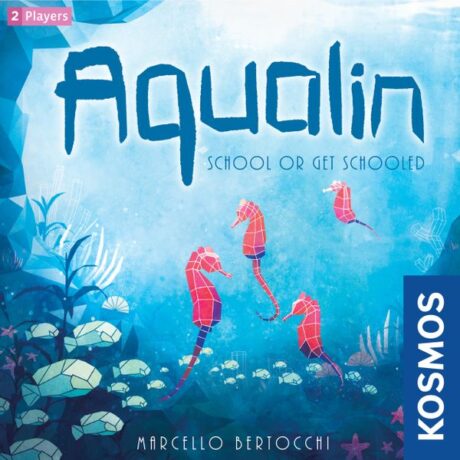


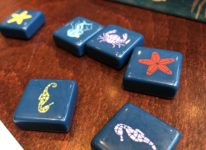



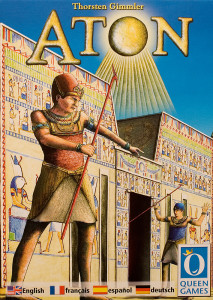
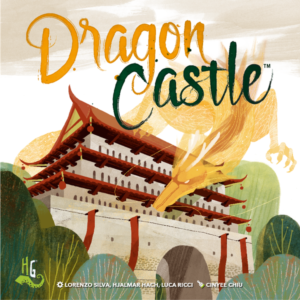
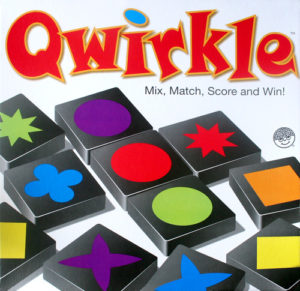

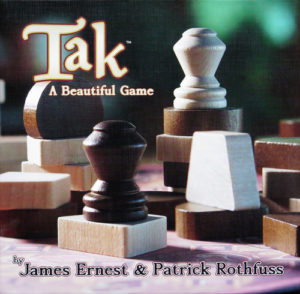
Sam says
Abstract games are one of those genres that I'm always intrigued by but rarely fall for in a big way. Exceptions have been War Chest and Tak, which I love, and whilst Aqualin maybe doesn't scale those heights for me I do really like how it packs quite a punch in that little box, tiny board and simple rules. I'm a sucker for nice bits too and those tiles are lovely. A very good game all in all, one that can be played by kids and adults alike with the same sense of reward.